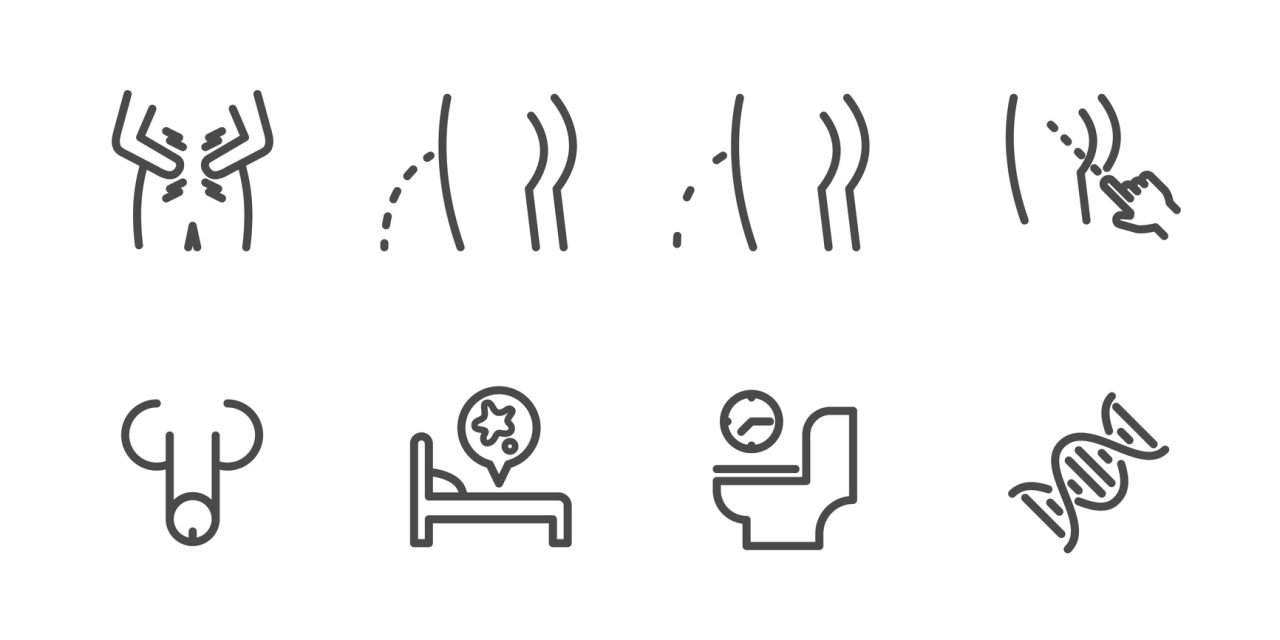The study aims at Cystinuria is a hereditary issue with both autosomal latent and not completely prevailing legacy. The issue disturbs cystine and other dibasic amino corrosive vehicles in proximal tubules of the kidney, bringing about repetitive kidney stone development. As of now, there are no agreement rules on assessment and the board of this illness. This article addresses the agreement of the writer board and will give clinicians a stepwise system for assessment and clinical administration of patients with cystinuria dependent on proof in the current writing. A pursuit of MEDLINE and Cochrane data sets was performed utilizing the accompanying watchwords: “cystine nephrolithiasis,” “cystinuria,” “penicillamine, cystine,” and “tiopronin, cystine.” In all out, as of May 2018, these ventures yielded 2335 articles, which were then assessed for their pertinence to the subject of assessment and the board of cystinuria. Proof was assessed by the Grading of Recommendations Assessment, Development, and Evaluation (GRADE) framework. Twenty-five articles on the subject of cystinuria or cystine nephrolithiasis were considered reasonable for incorporation in this investigation. The writing underpins an intelligent assessment cycle and step-wise treatment approach starting with moderate measures: liquid admission and dietary adjustment. On the off chance that stone development repeats, continue to pharmacotherapeutic alternatives by first alkalinizing the pee and afterward utilizing cystine-restricting thiol drugs.
Reference link- https://www.liebertpub.com/doi/10.1089/end.2019.0703


